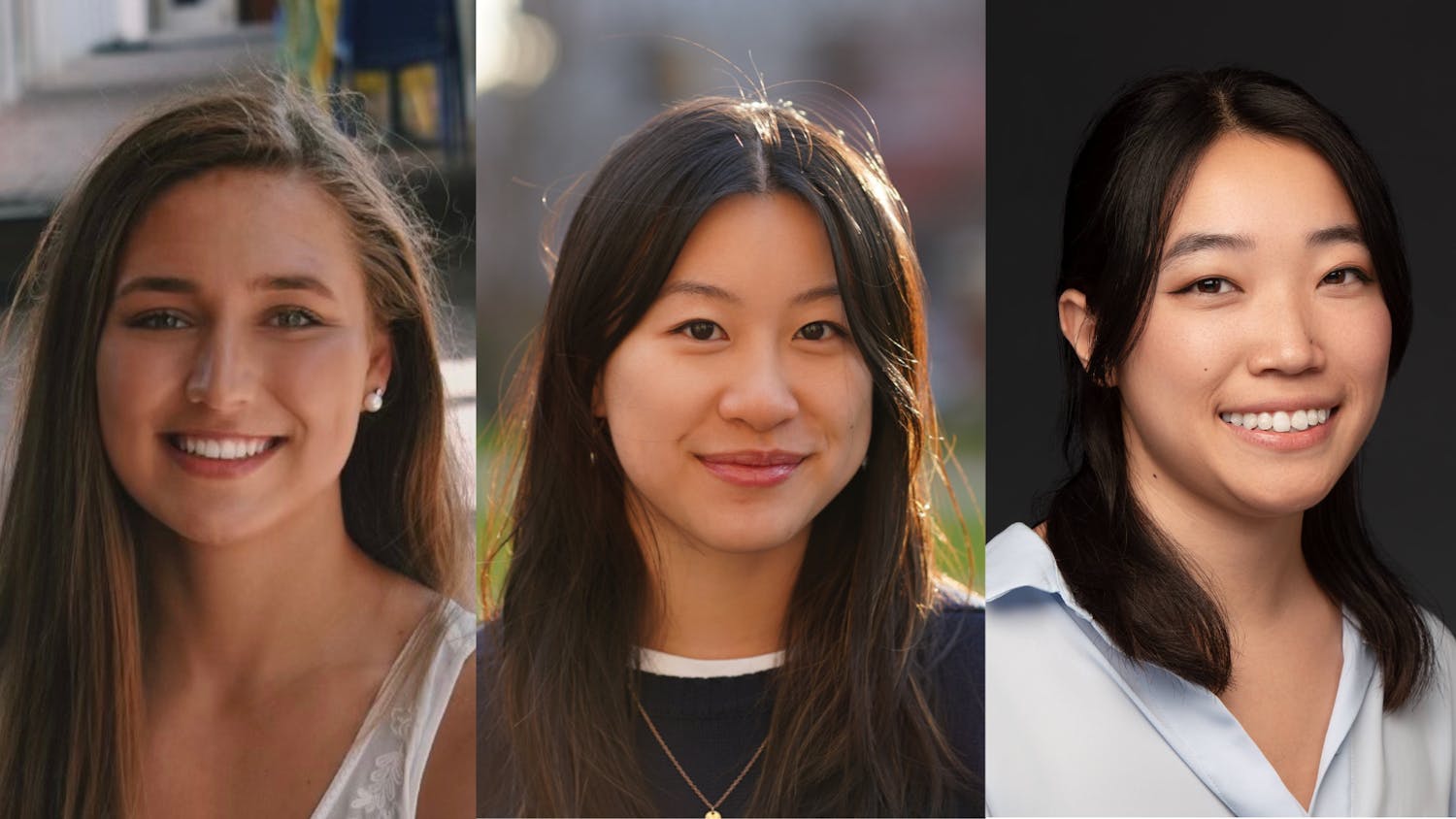Troubleshooting the physics behind turbulence
As students look ahead to Thanksgiving break and trips through T.F. Green and Boston Logan airports, scientists on campus are preparing to study the physics behind the ever-present phenomenon of turbulence. With a grant from the Simons Foundation, University researchers will partner with other institutions across the nation to take on the concept of turbulence, which is not well understood in the realm of physics.
In a press release, Professor of Physics Brad Marston said that even though basic, empirical frameworks for understanding turbulence exist, “If Boeing wants to model the airflow over a wing, the world’s largest supercomputer can’t do that.” The $4 million grant will allow Marston and his colleagues to examine how well-established statistical theories could be applicable to turbulence. This group at the University will focus on developing the computer models for the project, with help from the Center for Computation and Visualization. “If we’re successful, we may have simpler theory of turbulence based on phase transitions, or maybe we can show that that picture is too simplistic,” Marston said.
National Society for Black Physicists gathers in Providence
This week, the National Society for Black Physicists is meeting in Providence for the first time since NSBP was founded 40 years ago. Professor of Physics Stephon Alexander was recently named the president-elect of NSBP. Now at the helm of the organization, Alexander joined NSBP as an undergraduate.
The conference is the largest gathering for members of historically underrepresented groups in physics and will draw about 400 attendees to the Providence Marriott Downtown over the weekend. The conference, sponsored in part by the University, will involve both research talks and networking.
“This conference, and NSBP’s mission in general, are very much in line with Brown’s commitment to inclusivity and excellence in the sciences,” Alexander said in the press release. “I think that played a big role in the calculus to bring this to Providence.”
Capturing magnetic rays with quantum mechanical camera
With $2 million from the National Science Foundation, researchers at the University will build a quantum mechanical magnetic camera to capture the otherwise invisible magnetic field which radiates off of quantum materials.
Gang Xiao, chair of the Department of Physics, will lead the camera’s development. “Just as the camera on your phone has an array of photosensors that register light and create an image, our device will use magnetic sensors that can ‘see’ magnetic fields and make images or movies of magnetic patterns,” he said.
In order to capture these very faint magnetic fields, the researchers will work to improve upon current technology, called magnetic tunnel junctions, which are used to read computer hard disks.
Beyond simply allowing for more in depth discovery surrounding quantum materials, this technology also promises interesting applications to industry and medicine. “Similar devices could also be used in medical diagnostics to sense tiny shifts in magnetic fields generated by the heart or nervous system,” Xiao said in the press release.





